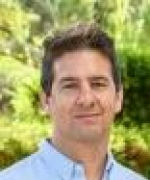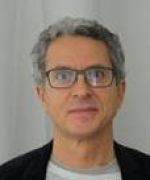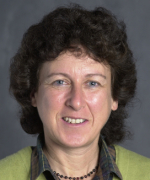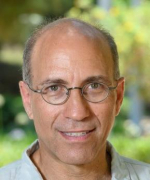DeepTech(21)
-
AI-Powered Deep Phenotyping for Precision Drug Development (No. T4-2443)
Understanding disease biology at the subcellular level is key to precision medicine. ... Read more19425 -
Modulo-Based High Dynamic Range ADC (No. T4-2371)
A novel analog-to-digital conversion pre-processor uses a modulo-based signal folding method to overcome the limited dynamic range of conventional ADCs. The folded signal is reconstructed using a dedicated unfolding algorithm, enabling precise signal recovery across a wide amplitude spectrum. ... Read more19237 -
Superconducting Quantum Memory with Tens of Milliseconds Coherence Time (No. T4-2333)
Quantum computing platforms based on superconducting qubits suffer from high error rates and short storage time of only a few milliseconds, limiting scalable computations. ... Read moreSerge ROSENBLUM
Physics19339 -
Compact Very High Energy Electron (VHEE) Radiotherapy for Deep-Seated Tumors (No. T4-2332)
Conventional radiotherapy, including photon-based (X-ray) and proton therapy, often damages surrounding healthy tissue, causing side effects and limiting the dose. These approaches also involve trade-offs in precision, cost, and infrastructure demands. ... Read more19445 -
Time-Encoding Sub-Nyquist ADC (No. T4-2258)
Modern ADCs must reduce cost and power consumption without compromising signal quality, particularly in power-sensitive systems such as wearables, IoT, and security devices. This technology introduces the first sub-Nyquist ADC based on an integrate-and-fire time encoding machine (IF-TEM). ... Read more19235 -
Sparsity Based Non-Contact Vital Signs Monitoring of Multiple People Via Radar (No. T4-2257)
Current contact-based monitoring devices cause patient discomfort, increase infection risks, and demand significant medical staff time. ... Read more18610 -
Task-Specific MIMO Communication Systems (No. T4-2255)
This task-specific MIMO system enables highly accurate signal recovery with minimal hardware complexity and power consumption. It combines task-specific beamforming, low-bit ADCs, and quantized analog combiners to efficiently leverage signal sparsity and suppress spatial interference. ... Read more19423 -
Parallax depth contrast for scanning probe transmission microscopy (No. T4-2193)
Standard light microscopy generates flat, two-dimensional images of transparent specimens, making it difficult to resolve the spatial arrangement of internal structures. Existing methods to infer depth rely on multiple recordings or complex hardware adjustments, often resulting in inaccuracies. ... Read more19397 -
Scalable method for braiding majorana modes in topological superconductor (No. T4-2172)
Quantum computing requires reliable control and braiding of Majorana zero modes. These modes emerge in topological superconductors and enable exceptionally stable quantum operations but are highly sensitive to noise and geometric imperfections. ... Read more19389 -
Three Phases Topological Superconductivity (No. T4-2055)
Realizing topological superconductivity and stable Majorana zero modes, which are envisioned for use in topological quantum computers, typically requires large magnetic fields (around .1 T). However, these strong magnetic fields can suppress superconductivity and hinder device integration. ... Read more19379







